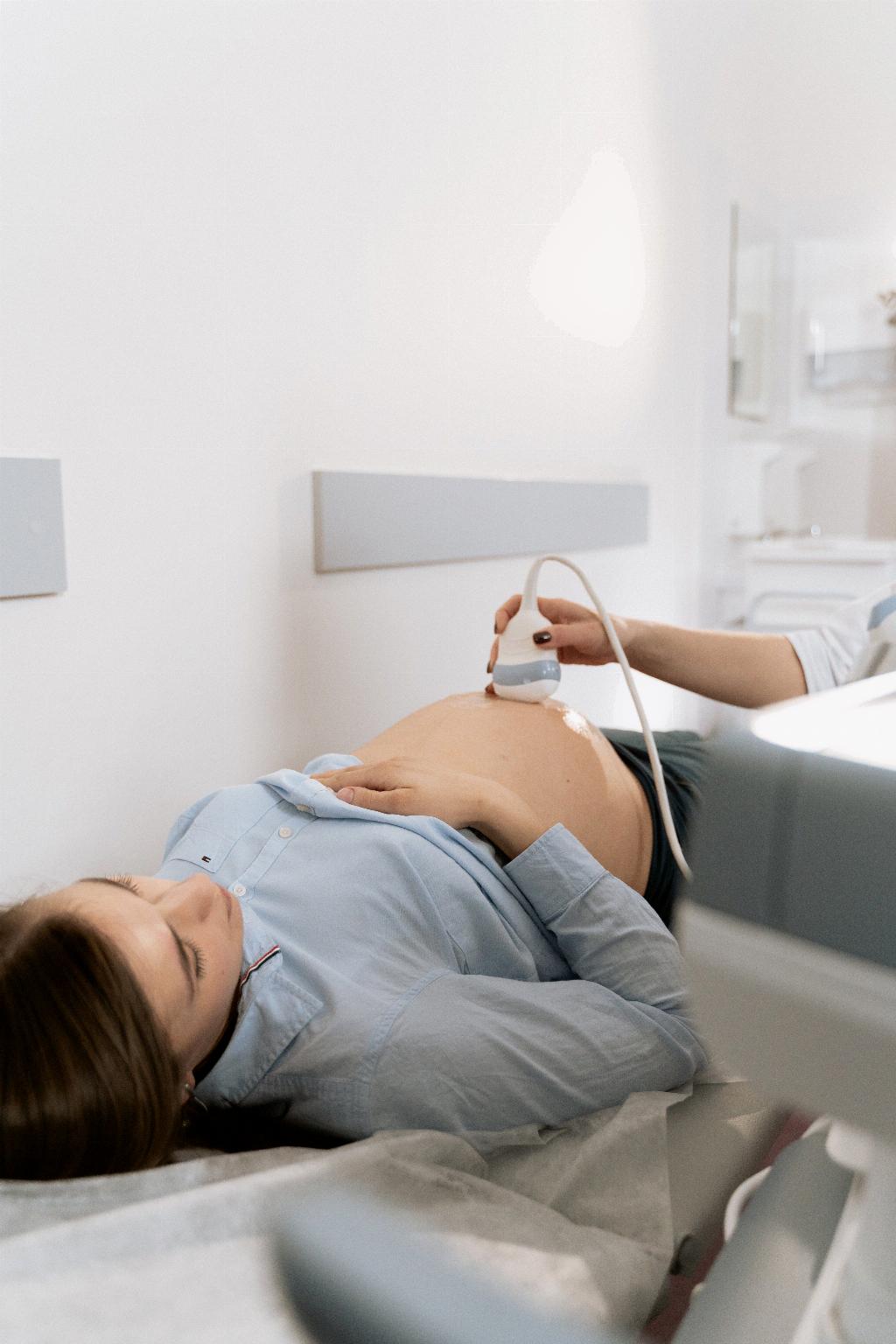When contemplating the duration of the corpus luteum in the absence of pregnancy, one must delve into the intricate mechanisms governing the female reproductive system. The corpus luteum, a temporary endocrine structure formed from the ruptured ovarian follicle after ovulation, plays a crucial role in supporting early pregnancy.
Upon release of an egg during ovulation, the follicle transforms into the corpus luteum. This structure is responsible for the production of progesterone, a hormone vital for preparing the uterus for potential embryo implantation. However, if fertilization does not occur, the corpus luteum’s lifespan is limited.
The corpus luteum typically lasts for approximately 14 days post-ovulation if pregnancy does not transpire. During this period, the corpus luteum remains active, secreting progesterone to maintain the uterine lining in anticipation of embryo implantation. The cessation of progesterone production marks the beginning of the corpus luteum’s regression.
As progesterone levels decline due to the corpus luteum’s regression, the uterine lining undergoes changes that ultimately lead to menstruation. The corpus luteum disintegrates, and without the sustained hormonal support needed for a potential pregnancy, the cycle resets itself in preparation for the next ovulation.
Despite its transient nature in the absence of conception, the corpus luteum plays a fundamental role in the menstrual cycle’s regulation. Its timely formation and subsequent breakdown are intricately linked to the body’s reproductive processes, orchestrating a delicate hormonal dance that prepares the uterus for potential pregnancy.
Understanding the lifespan of the corpus luteum without pregnancy sheds light on the body’s remarkable ability to adapt and reset in the face of changing reproductive circumstances. The finite duration of the corpus luteum underscores the cyclical nature of female fertility, highlighting the intricate interplay of hormones and structures within the reproductive system.
While its existence is brief in the absence of fertilization, the corpus luteum’s impact on the menstrual cycle is profound. Its timely demise marks the beginning of the next phase in the reproductive process, setting the stage for ovulation and the formation of a new corpus luteum in the ensuing cycle.
Ultimately, the lifespan of the corpus luteum in the absence of pregnancy serves as a poignant reminder of the body’s remarkable capacity for adaptation and renewal. As one cycle ends and another begins, the intricate interplay of hormones and structures within the female reproductive system portrays a narrative of resilience and cyclical renewal.
In conclusion, the corpus luteum’s duration without pregnancy lasts for approximately 14 days post-ovulation before it undergoes regression and disintegration. This process marks the end of its hormonal support for the uterine lining, triggering the onset of menstruation and paving the way for the next phase of the menstrual cycle.
By unraveling the lifespan of the corpus luteum in the context of non-conception, we gain insight into the dynamic interplay of hormones and structures that govern female fertility. The ebb and flow of reproductive processes underscore the intricate ballet of nature, showcasing the body’s resilience and adaptability in the face of changing circumstances.
Ultimately, the corpus luteum’s transient existence without pregnancy illuminates the cyclical nature of female fertility, reminding us of the body’s innate wisdom in orchestrating the complex symphony of reproduction with precision and grace.

